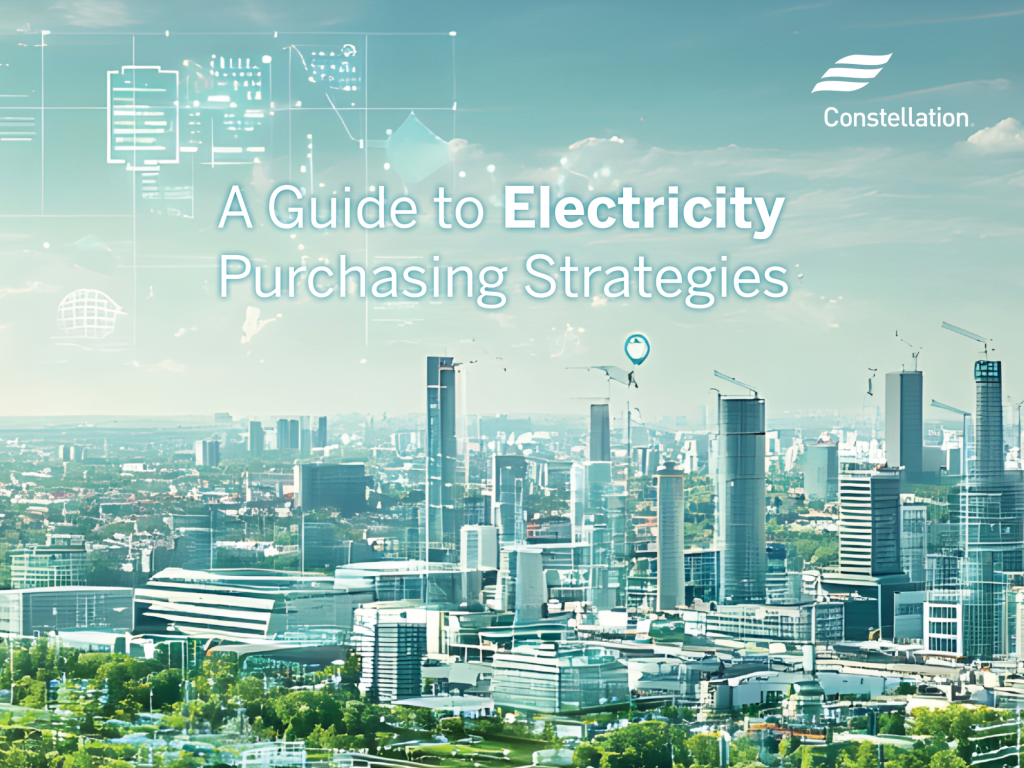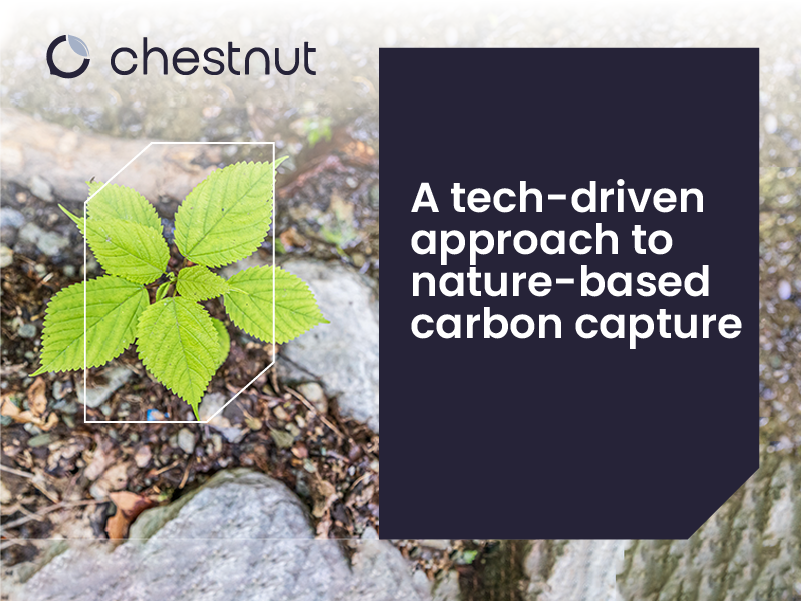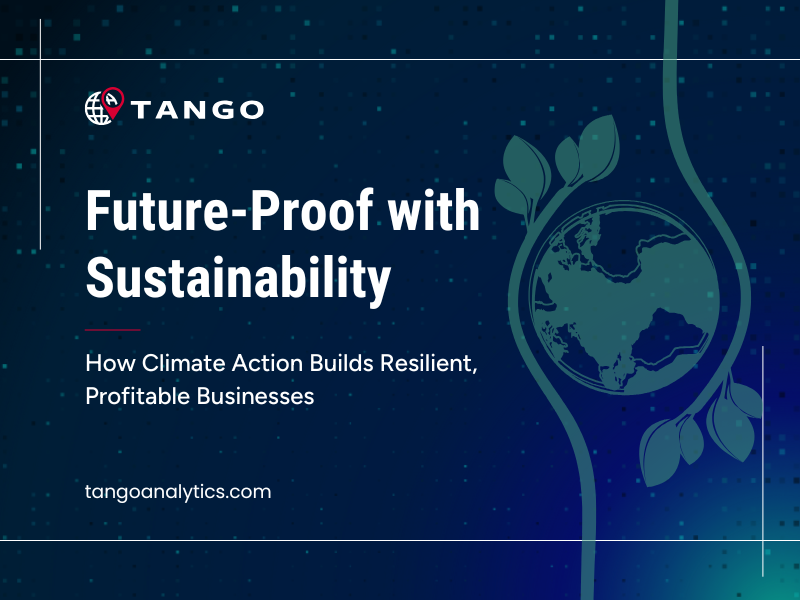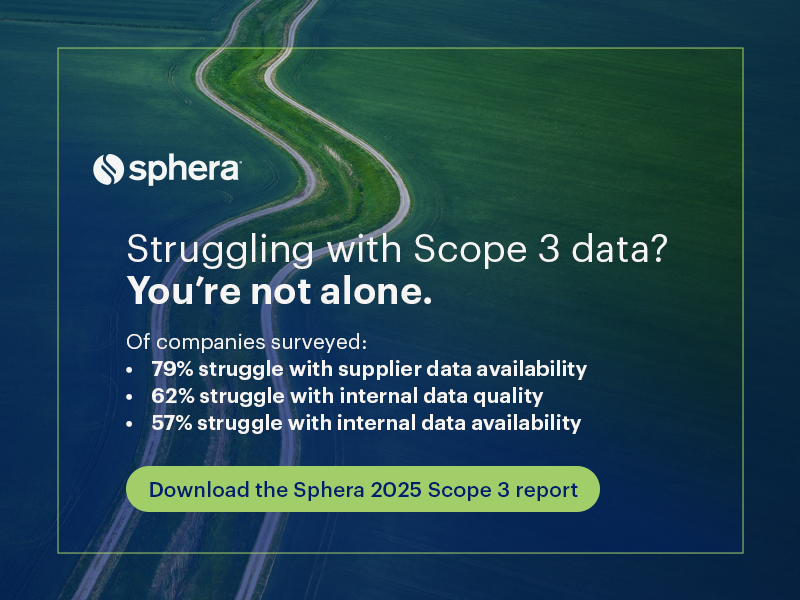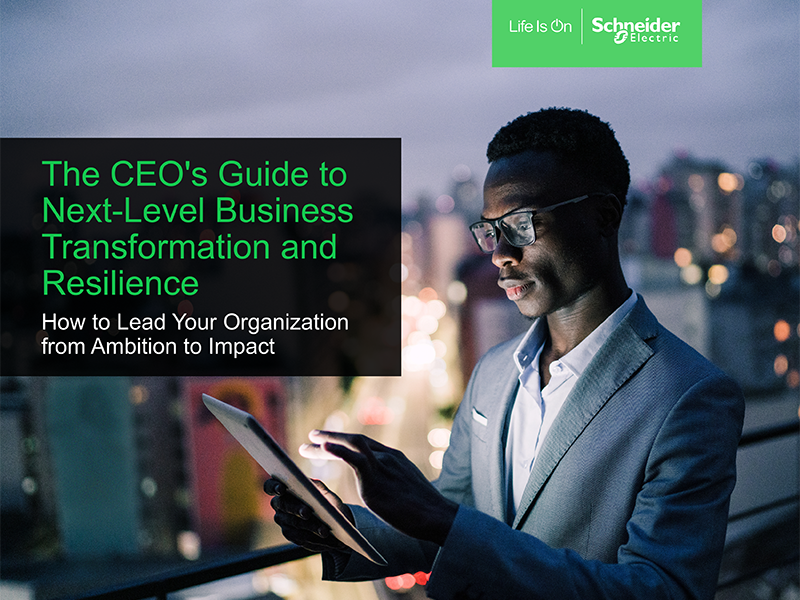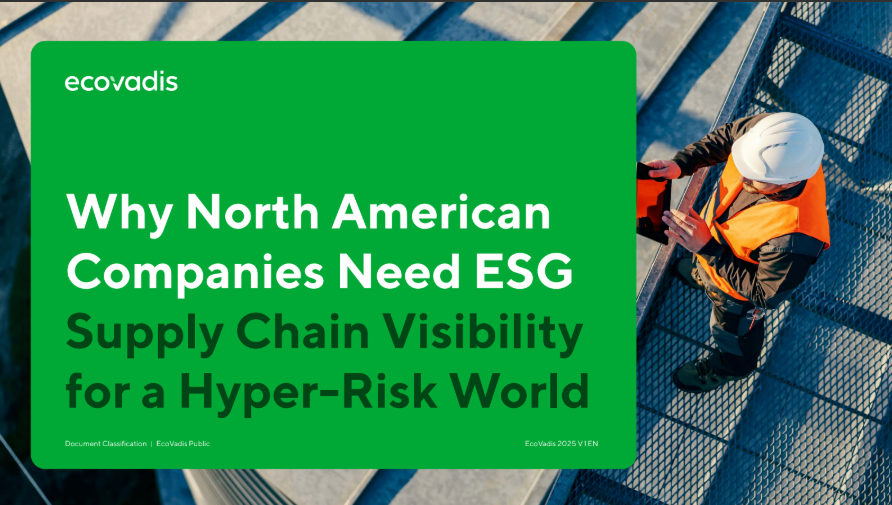Sustainable Agriculture
The Big Picture
Because evidence is mounting that conventional farming methods pose environmental and human-health risks, farmers and consumers are turning to sustainable agriculture for an alternative that incorporates environmental, economic, and social responsibility. Corporate buyers are beginning to scrutinize the farming methods used to produce their agricultural supplies like never before. Consumers are demanding to know how the foods and other crops that they purchase were farmed and processed, and many are willing to pay more for healthier food and for clothing made of sustainably grown materials.
Context
The reason for the sustainable agriculture push is the increasing concern about the impact of conventional farming on the environment, human health, and local economies. The large-scale, industrialized nature of the modern agricultural system has put thousands of small farms out of business, crumbling rural economies. It has also led to the homogenization of crops, threatening regional biodiversity, and often requiring more resources and pesticides than native plants in order to survive. The distribution system of food and other crops in the U.S. — which relies heavily on trucking goods great distances — requires mass amounts of fuel, burdening the nation’s energy supply. Pesticide residues that remain in the ground threaten the quality and life of topsoil, and are washed by rainwater into forests and into water supplies. And residues on crops grown with pesticides pose known and unknown health risks to consumers – and even greater risks to the farm workers who work with pesticides.
Although sustainable agriculture has roots in organic farming, many smaller farms are developing creative solutions to push their farms to what they call “beyond organic.” In the name of sustainable agriculture, Michael Ablemen, founder of Fairview Gardens, a 12-acre organic farm in Goleta, Calif., promotes urban farming as a way to localize food systems and empower cities to grow and supply their own food. Joel Salatin, owner of Polyface Farm in Swoope, Va., experiments with ways to increase the efficiency and sustainability of his farm. For example, Salatin allows the farm’s pigs to dig through hayshed beds that are designated for compost, thus eliminating the need for machines to aerate the compost.
In support of sustainable agriculture, many corporate buyers are also changing the way they do business – by working with suppliers to promote the procurement of organically, locally, or otherwise sustainably grown products.
Key Terms
- Agribusiness — the large-scale industrial farms that are the source of most U.S. food.
- Pesticide-free foods are those grown without the use of pesticides. Since the process of organic certification can take several years, some farms have begun using this label as an alternative to organic.
- Integrated pest management is an approach to pest management that uses a variety of pest-control methods. It may include some use of chemical pesticides in combination with non-chemical methods of pests.
- Organic refers to foods that have been produced without the use of pesticides, hormones, antibiotics, or GMOs. The Organic Foods Production Act of 1990 established standards to govern the production of organic food in the United States.
- Genetically Modified Organisms, or GMOs, are viruses, bacteria, or more complex life forms in which the DNA has been altered for a particular purpose. In conventional agriculture, GMOs have been used to alter plant crops or protect crops from attacks by pests and diseases.
- Hybrid crops, also know as crossbreed crops, are plants formed from the crossbreeding of different strains of a species.
- Biodiversity refers to the variety of plant life in a region.
Key Players
- Corporate buyers, including those from clothing and fast-food companies, are beginning to consider farming methods in the purchase of such products as potatoes, meat, and cotton.
- Consumers are demanding food and products that are safe for themselves and the environment.
- Small farms are finding it possible to compete with agribusiness through the organic market — where they can receive a premium for their crops. And many are experimenting with other ways to further sustainable agriculture.
- Agribusiness is getting in on the trend. Many of the nations largest agricultural producers have acquired smaller organic farms in the past decade.
- Seed organizations, such as the Farmer Cooperative Germplasm Project, are working to make heirloom and hybrid organic seeds, which are not sold by the major seed companies, available to farmers.
- Nonprofit organizations are forming partnerships with corporations to help them develop purchasing policies that support sustainable agriculture.
Getting Down to Business
Starbucks Coffee has formed a partnership with Conservation International to develop purchasing guidelines requiring the company’s coffee bean suppliers to meet a series of social, environmental, and economic guidelines, including protection for employees from workplace hazards and conservation of soil, water, and biological diversity.
Patagonia switched to 100% organically grown cotton in its entire sportswear line in 1996. The company has also started T-shirt company that sells organic-cotton shirts to other companies.
McDonald’s has ordered its suppliers to stop using Monsanto’s NewLeaf potato, a genetically modified crop that contains a toxin that repels the Colorado potato beetle. McDonald’s has removed all GMOs from all its foods served in the United Kingdom.
Grocery chain Trader Joe’s has announced that it will work with suppliers to eliminate the use of genetically engineered ingredients in its private-label products. The company estimates that 90% to 95% of its customers prefer products free of genetically engineered ingredients.
The Chefs Collaborative is a network of chefs, restaurant owners, and other culinary professionals who have committed to supporting local farmers, and serving sustainably grown and harvested food.
The Upside
- Increased public health. Because sustainable agriculture involves the production of food without — or with a minimum of — antibiotics, hormones, toxic and persistent pesticides and fertilizers, it eliminates or reduces the known and unknown health risks posed by these substances.
- Renewed local economies. A focus on local distribution of food and other crops provides market opportunities to a greater number of farms, in a greater number of rural areas, throughout the United States.
- Protection of natural resources. When crops are chosen in accordance with a regional climate they are better adapted to that climate. The result is a reduced need for irrigation and better natural protection against pests.
- Preservation of biodiversity. Sustainable farming methods promote the use of regional crops, helping to preserve a greater number of strains of each type of crop and protecting against the damage that could be caused by disease.
- Meeting consumer demand. More and more consumers care about where their food comes from and how it’s grown — and are demanding products that are grown sustainably.
- Ensured future of agriculture. Supporters of sustainable agriculture fear that — because of the toll they take on soil and other natural resources — conventional farming methods cannot continue to produce enough food for the nation. Sustainable agriculture emphasizes methods that produce food without depleting the system’s ability to continue.
Reality Check
- Implementing sustainable practices requires a complete transformation of farming practices. Even the seeds used in conventional farming may not be suitable to sustainable-farming methods, since they may be more prone to pest problems that would be difficult to eliminate without pesticides.
- Obtaining organic certification is a lengthy process. Farms seeking to improve environmental performance through organic certification may find that it takes up to several years to acquire certification and enter the organic market.
- Buyers of sustainably harvested products face uncertainty of a steady supply. Companies that have committed to buying organic cotton, for example, often can’t find enough to meet their needs.
- Sustainably harvested products are often more expensive, at least for now. In making the switch to organic cotton, Patagonia found that purchasing organic cotton increased materials costs. But such costs may lessen as the organic cotton market grows.
Action Plan
For Corporate Buyers
- Evaluate your purchasing practices to determine opportunities for supporting sustainable agriculture.
- Consider working with a nonprofit organization, such as Conservation International, that may be able to help your company find sustainable alternatives the agricultural products you currently purchase.
- Talk to suppliers you company’s interest in supporting sustainable agriculture. (More often than not, suppliers will make an effort to meet your demands.)
- Develop and implement a purchasing policy outlining the parameters by which your company will choose products.
For Farmers
- Read about sustainable practices to learn the concepts that govern sustainable farming.
- Contact an organization that assists farmers in adopting sustainable practices, such as the Sustainable Agriculture Research and Education Program.
- Contact a U.S. organic certification organization to find out what would be necessary to achieve organic certification.
- Evaluate farm processes to determine your facility’s current environmental impact and the areas that you could most easily improve.
- Consider obtaining organic seeds from an alternative seed source, such as the Farmer Cooperative Germplasm Project.
- Assess market opportunities and develop a pilot project for devoting a portion of you facility’s land to sustainable farming.
- Evaluate the success of the project. Develop a plan for expanding sustainable practices.
- Continually evaluate environmental performance. Sustainable farming requires a commitment to continuing improvement. Look for opportunities for reducing waste and consolidating operations to increase capital.
Leads
For Corporate Buyers
- Organic Cotton Directory contains listings and contact information for organic cotton growers, brokers, mills, manufacturers, wholesalers, and retailers.
- Center for Environmental Leadership in Business helps businesses develop environmental initiatives.
- A Practical Guide to Understanding Organic, lists organic farms and farming organizations that supply organic food throughout the United States.
For Farmers
- National Agriculture Compliance Assistance Center provides compliance information on pesticides, animal-waste management, and more.
- California Energy in Agriculture Program provides California’s food and fiber industry with information, technical support, and financial assistance for energy-efficiency projects.
- Sustainable Agriculture Network produces reports and other resources on sustainable farming practices, principles, and systems.
- Farmer Cooperative Germplasm Project provides seeds, technical guidance, and assistance with market development to farmers who agree to use plant varieties from the U.S. Department of Agriculture’s seed bank.
- Making the Transition to Sustainable Farming, provides an introduction to ecologically and economically sustainable farming.
- U. S. Organic Certifying Organization Web site, compiled by the National Honey Board, it lists organic certification organizations throughout the United States.
The Bottom Line
Many consumers are asking tough questions about the origin of the food and other agricultural crops that they purchase – and rightly so. Conventional farming methods are proving risky for human and environmental health. Forward-thinking farms — and firms that purchase agricultural products — will take steps now to meet rising demands for food and clothing that has been grown or produced by sustainable methods.
